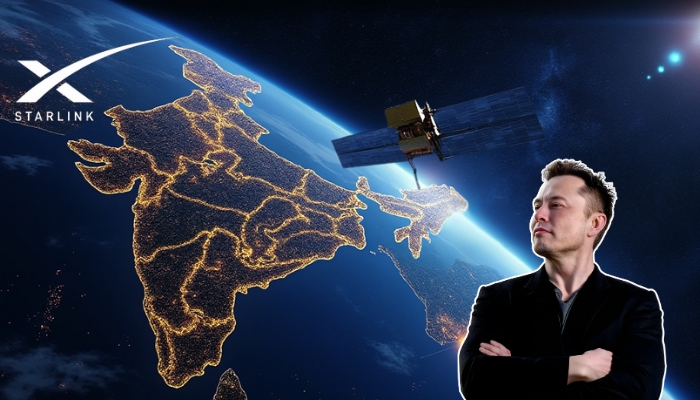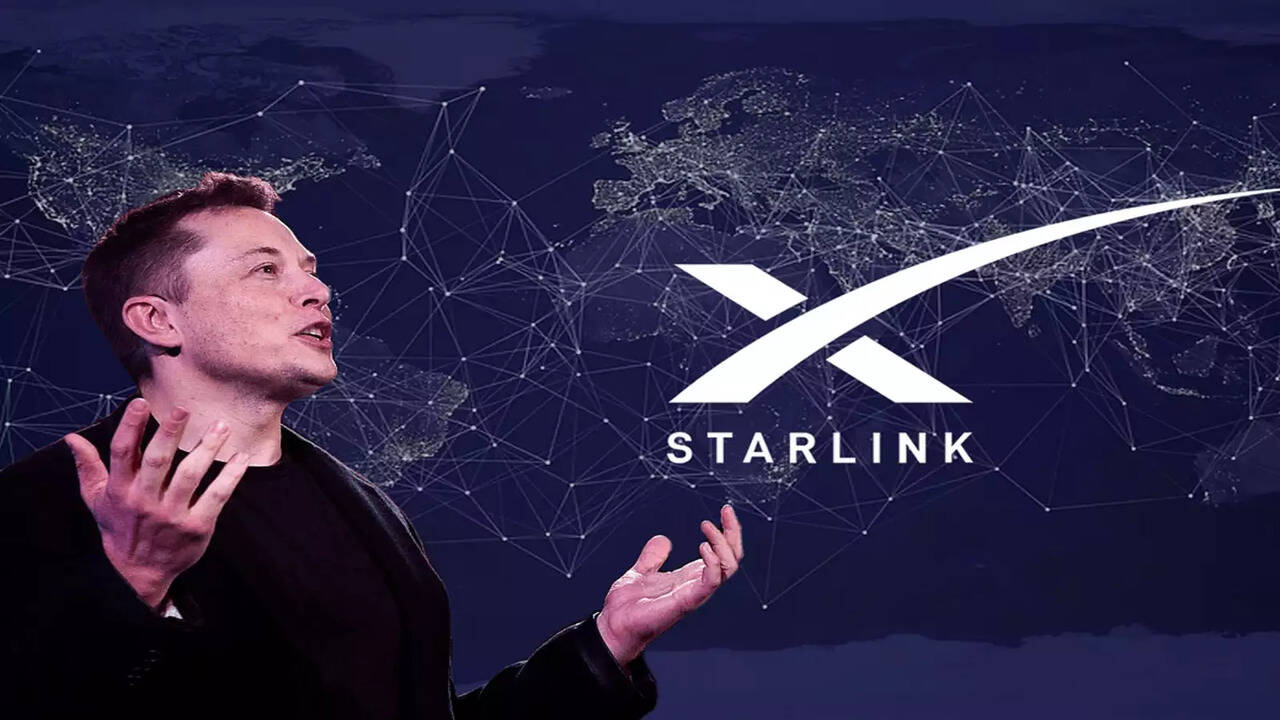The emergence of satellite internet has revolutionized global connectivity, and Elon Musk's Starlink, a SpaceX initiative, leads the way. However, its entry into India has not been without hiccups. The Starlink vs. India narrative is a complex one of technological dreams, regulatory obstacles, and national security.
The Promise of Starlink
Starlink plans to deliver fast internet to even the farthest corner of the world through a constellation of low-Earth orbit (LEO) satellites. In contrast to conventional broadband, which depends on physical infrastructure such as cables and towers, the satellite network of Starlink has unmatched reach. It is thus highly placed for a nation such as India, where rural and remote communities do not have stable internet connectivity.
In principle, Starlink would bring India's digital divide together, facilitating improved education, medicine, and economic opportunity in poor rural areas. But the rollout ride has been bumpy.
Regulatory Roadblocks
The launch of Starlink in India has been postponed owing to regulatory problems. The Indian government has not granted the requisite approvals, raising concerns regarding spectrum allocation and compliance with domestic laws. In 2021, the Ministry of Communications requested Starlink to suspend pre-orders and refund customers until it received the required licenses.
The row intensified with Starlink equipment being said to be in use without official approval. This was questioned in terms of the company's adherence to Indian regulations and operating openness.
National Security Concerns
National security poses the greatest challenge for Starlink in India. The government has been worried that satellite internet would be used for illegal purposes, such as smuggling and insurgency. News of Starlink devices being associated with criminal operations has only fueled such fears.
The Indian government has initiated investigations into the illegal use of Starlink devices, and the necessity for firm regulatory control has been underscored. Though Elon Musk has dismissed Starlink's existence in India, the existence of its devices in security-sensitive areas has created concerns.
The Spectrum Debate
One such contentious issue is the allocation of satellite spectrum. Whereas terrestrial spectrum is auctioned, satellite spectrum is managed. This has been criticized on the basis of lack of transparency and its potential to foster monopolistic tendencies. Indian opposition parties have criticized the government for giving excessive advantage to foreign companies such as Starlink at the expense of national interest.
The advocates for administrative allocation, however, believe that it is consistent with international norms and allows for swift deployment of satellite services. The debate emphasizes the necessity for a balanced policy that promotes transparency and efficiency.
Competition and Collaboration
Starlink is not the sole competitor for India's satellite internet market. Indian telco majors Reliance Jio and Bharti Airtel, and international players such as Amazon's Project Kuiper are also in the fray. Interestingly, Starlink has collaborated with Jio and Airtel for service distribution in India, indicating a cooperative approach.
But the arrival of Chinese satellite internet operators adds a further complication. In light of India-China geopolitical rivalry, competition in the satellite internet space could have wider national security and economic policy implications.
The Way Forward
The Starlink vs. India saga evinces the difficulty of bringing sophisticated technology to bear on a convoluted regulatory and geopolitical environment. As immense as the potential rewards of satellite internet are, however, they need to be weighed against security fears, transparency concerns, and justice issues.
For Starlink, to enter India would mean opening immense opportunities, not only in the market size but also as an entry point to the emerging economies. For India, adopting satellite internet can enhance its digital leapfrogging, if the regulatory environment is sound and equitable.
While the argument rages on, one fact is certain: the future lies in the stars, but one needs to be cautious while getting there.






Comments
Post a Comment